How do we deal with this era of change, when the limits of what’s possible – and what’s normal – are rapidly shifting? Issue 103 explores this uncertain ground, from digitising a climate-changed nation to exploring the deep oceans to developing a new kind of dark-matter search.
Cosmos Magazine
From the Editor • WELCOME TO COSMOS FROM OUR NEW HOME AT CSIRO PUBLISHING.
DIGEST • Science news from around the globe (and beyond)
Gene modification to reveal tardigrade super powers • These quirky, microscopic creatures could play a leading role in lab tests thanks to a new genetic technique.
New exoplanet's cotton candy density can't be explained
Meat-for-plant swaps can cut grocery carbon bill • Researchers call for climate labelling in supermarkets
New process results in near complete destruction of PFAS chemicals
Electron superhighway for efficient electronics
Universal equation predicts flapping of birds, insects and flying reptiles • Wings and flippers flap to the same beat.
Focus: Curious creatures
Signs of Indigenous Australia ritual • The evidence is 12,000 years old.
Last common ancestor of all life is older than expected
East Antarctica's photographic history • Early observations of glaciers nearly lost in WWII.
Are we prepared if bird flu starts spreading between humans?
Dune-inspired 'stillsuit' upgrade for astronaut spacesuits • Astronauts on spacewalks have to urinate into their suits.
Fast-charging, cheap, solid-state sodium battery
Guess the object
A storm can change the flavour of your cuppa • Meteorologists investigate a storm in a teacup.
End of the road for cane toad?
Old solar panels can be recycled into lithium-ion batteries
3D knitting could make solid but soft furniture • These objects are much more flexible than rigid 3D prints.
World's first atomic-scale quantum sensor • It provides images of materials as a rich as an MRI.
Nuclear SMRs too immature for Australia now, says top body
Lost continent crucial in penguin wing evolution • Millions of years ago, New Zealand was teeming with giant penguins.
Understanding the formation of galaxies • Atomic hydrogen is a simple atom, but it's used to create incredibly detailed images of our universe. Naomi McClure-Griffiths explains.
Living among leopards • Experience close and quirky encounters with unique wildlife as conservation biologist, Declan Morris, explores every corner of Loskop Dam Nature Reserve.
Can geology help revive Red Centre tourism? • Walking or driving Australia's Red Centre is a great way to learn about geology. But even geologists agree the science is, well, complicated. Cosmos journalist Glenn Morrison takes to the hills around his Alice Springs home to ask what geotourism might bring to central Australia.
Unliveable Australia • Australia has always had a reputation for extremes; a land of droughts and flooding rains. For tens of thousands of years, its living systems - including humans - adapted to those extremes, flourishing everywhere from the red deserts to the lush rainforests. Now Bianca Nogrady wonders where we might find safety in a climate-changed future.
Avoid
Manage
Retreat
Beyond unliveable
WILD PLACES, WILD SPECIES • Time is running out for many iconic Australian animals. Rewilding can repair their ecosystems, but each attempt faces unique and sometimes controversial challenges. John Read poses 12 current conundrums, as a conservation ecologist seeking solutions.
VICTORIA THROUGH PREHISTORIC TIME • While we can travel around the world, we can't move around in time… unless you imagine it through fossils and geological...
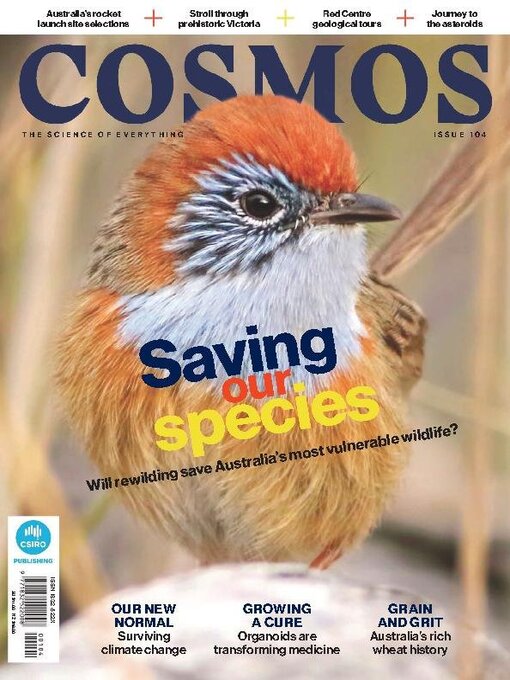
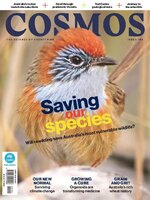 Issue 104
Issue 104
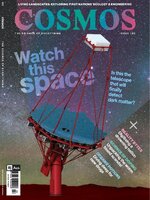 Issue 103
Issue 103
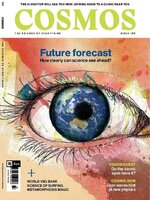 Issue 102
Issue 102
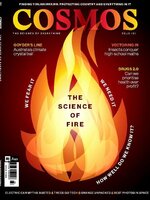 Issue 101
Issue 101
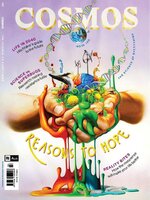 Issue 100
Issue 100
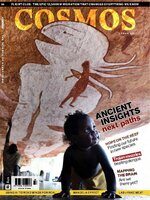 Issue 99
Issue 99
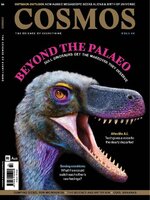 Issue 98
Issue 98
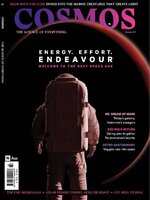 Issue 97
Issue 97
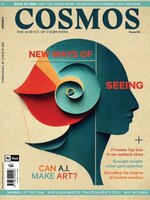 Issue 96
Issue 96
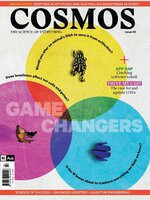 Issue 95
Issue 95
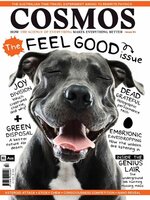 Issue 94
Issue 94
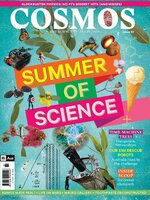 Issue 93
Issue 93
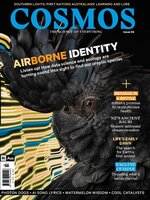 Issue 92
Issue 92
 Issue 91
Issue 91
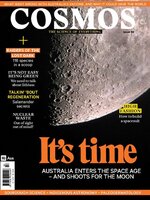 Issue 90
Issue 90
